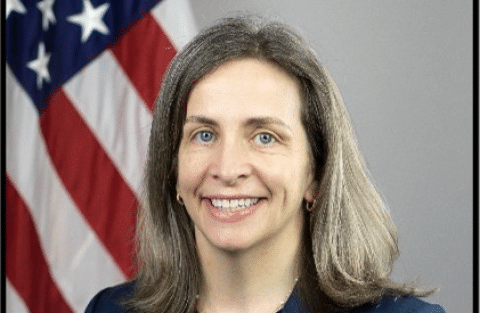Nuclear fusion seems like something out of science fiction – a reaction created inside a machine that replicates the sun. But the technology behind this process could be inching closer to reality. And with it, new opportunities to harness electricity.
The recently passed Inflation Reduction Act allocates $280 million for fusion energy science. And experiments in China, the U.K., and California have some scientists feeling hopeful that fusion could play a role in the global energy transition.
But there’s a problem. At lower temperatures, nuclear fusion requires more energy than it produces. It’s only when the plasma used to combine atoms reaches an extremely high temperature that it sets off a chain reaction and makes the process sustainable.
There are different approaches to achieving this chain reaction. But are scientists actually getting close to commercialization? And when will nuclear fusion be powering our homes and businesses?
This week, host Bill Loveless talks with Dr. Dennis Whyte, Hitachi America Professor of Engineering at MIT and director of the MIT Plasma Science and Fusion Center. He also leads the Laboratory for Innovations and Fusion technology, which has energy company sponsorship to explore early-stage, disruptive fusion technologies.
Dr. Whyte played an integral role in Commonwealth Fusion Systems, a startup out of the Plasma Science and Fusion Center, that recently raised $1.8 billion in funding to commercialize fusion energy.
Bill talks with Dr. Whyte about the science behind nuclear fusion, his work at MIT, and the efforts to bring this technology to market.









